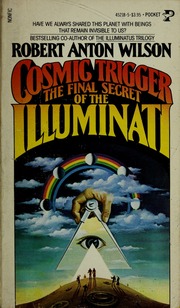In the task, participants draw from four decks of cards. Each card either earns the player money or costs them money, and the object of the game is to earn as much money as possible. The catch lies in how each deck of cards is stacked. Drawing from one deck may earn a player large sums of money in the short term, but it will cost them far more cash by the end of the game. Other decks deliver smaller sums of money in the short-term, but fewer penalties overall. Through game play, winners learn to mostly draw from the "slow and steady" decks, while losers draw from the decks that earn them quick cash and steep penalties.
Historically, those with drug addictions or brain damage perform worse on the Iowa Gambling Task than healthy participants, which suggests that their condition somehow impairs decision-making abilities, as highlighted in a study published in 2014 in the journal
Applied Neuropsychology: Child. This pattern held true in Zhang's experiment, which included about 60 healthy participants and 40 who were addicted to nicotine.
The two quantum models made similar predictions to the most accurate among the classical models, the authors noted. "Although the [quantum] models did not overwhelmingly outperform the [classical] ... one should be aware that the [quantum reinforcement learning] framework is still in its infancy and undoubtedly deserves additional studies," they added.
To bolster the value of their study, the team took brain scans of each participant as they completed the Iowa Gambling Task. In doing so, the authors attempted to peek at what was happening inside the brain as participants learned and adjusted their game-play strategy over time. Outputs generated by the quantum model predicted how this learning process would unfold, and thus, the authors theorized that hotspots of brain activity might somehow correlate with the models' predictions.
The scans did reveal a number of active brain areas in the healthy participants during game play, including activation of several large folds within the frontal lobe known to be involved in decision-making. In the smoking group, however, no hotspots of brain activity seemed tied to predictions made by the quantum model. As the model reflects participants' ability to learn from mistakes, the results may illustrate decision-making impairments in the smoking group, the authors noted.
However, "further research is warranted" to determine what these brain activity differences truly reflect in smokers and non-smokers, they added. "The coupling of the quantum-like models with neurophysiological processes in the brain ... is a very complex problem," Haven and Khrennikov said. "This study is of great importance as the first step towards its solution."
Models of classical reinforcement learning have shown "great success" in studies of emotion, psychiatric disorders, social behavior, free will and many other cognitive functions, Zhang said. "We hope that quantum reinforcement learning will also shed light on [these fields], providing unique insights."
In time, perhaps quantum mechanics will help explain pervasive flaws in human logic, as well as how that fallibility manifests at the level of individual neurons.































